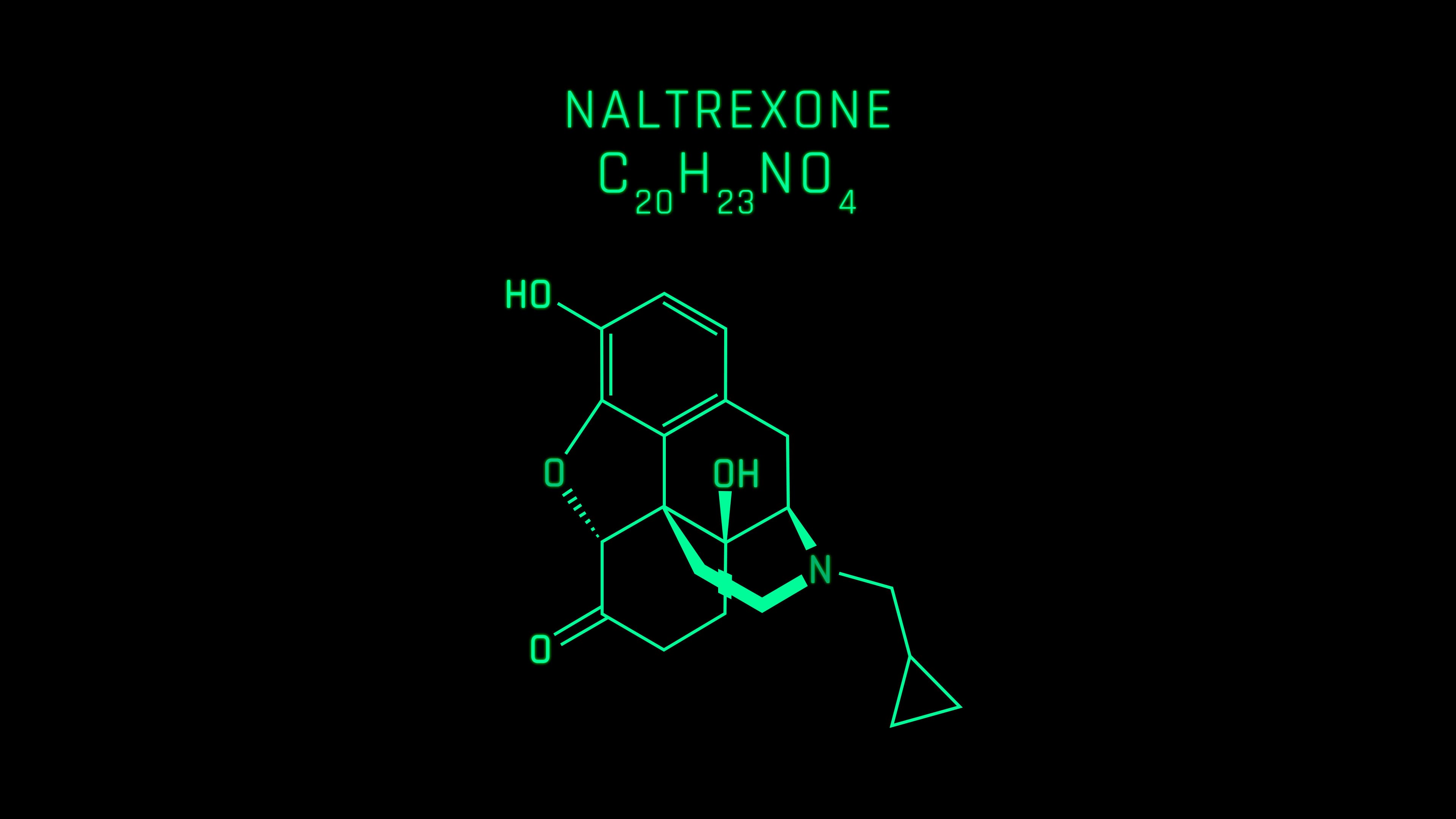Naltrexone Then And Now: From FDA Approval To Future Success

In This Article
First, the man takes a drink, then the drink takes a drink, and then the drink takes the man.
It’s a Japanese proverb that depicts the cyclical pattern of addiction and its ability to uproot someone’s life. Joseph Volpicelli, MD, PhD, has dedicated his career to understanding and treating the cycle of addiction.
Dr. Volpicelli is a psychiatrist, research scientist, and addiction expert who conducted the first clinical trial using oral naltrexone for people with alcohol use disorder (AUD), proving it was effective in preventing relapse. Oar Health had the pleasure of speaking with Dr. Volpicelli about his research, naltrexone’s approval by the Food and Drug Administration (FDA), and his approach to treating addiction.
In the last decade, Google searches for naltrexone have more than tripled. Though the medicine has been FDA-approved to treat AUD for over three decades, the groundbreaking medication wasn’t initially embraced.
This is a problem because the AUD epidemic is proliferating. In 2016, there were 88,000 alcohol-related deaths in the US. Alcohol-related deaths are now estimated at over 178,000 per year, a more than two-fold increase in just eight years. Dr. Volpicelli notes that the treatment community has adopted a more holistic stance on medication-assisted treatment. However, all treatments for alcohol use disorder are widely underutilized—less than 10% received any treatment in 2023.
The Research Behind Naltrexone’s FDA-Approval
The FDA approves a medicine after reviewing clinical data from labs, animals, or humans and then determines whether the medicine is safe and effective.
When Dr. Volpicelli was a PhD student at the University of Pennsylvania, one of his patients was a Vietnam War vet. This patient used opiates while in Vietnam to cope with the stress and trauma of war. Back in America, he became addicted to alcohol. Dr. Volpicelli, intrigued by the possible relationship between alcohol and opiates and stress and trauma, started researching. He and a small group of researchers began to look at these relationships and discovered that alcohol can be rewarding because it’s attached to opiate receptors.
In 1986, Dr. Volpicelli performed a study with rats showing that he could block trauma-induced increases in alcohol drinking by blocking opiate receptors with naltrexone. At the end of his psychiatry residency, he conducted a clinical trial looking at naltrexone’s effectiveness in treating veterans. This study would later be used for naltrexone’s FDA approval.
In the trial, participants were given 50 mg of naltrexone or a placebo after alcohol detox. Those taking naltrexone had significantly less alcohol cravings, and only 23% of the naltrexone-treated group met the criteria for relapse, compared to 54% of the placebo-treated group. Yale replicated the study and published the results.
At that time, pharmaceutical company DuPont made naltrexone and caught wind of the research. The researchers helped convince DuPont to apply for FDA approval. The company licensed the data from Yale and the University of Pennsylvania. Next, DuPont brought the research to the FDA, which approved it, requesting that if DuPont treated a certain number of people, they would complete further studies further demonstrating naltrexone’s safety and efficacy.
At the time, there weren’t many alternatives on the market for treating alcohol addiction other than Antabuse, which makes you sick when you drink alcohol. Though it was groundbreaking, naltrexone was (and still is) met with quite a bit of controversy because alcohol use disorder itself is so misunderstood.
People couldn’t believe that alcohol and opiates had commonalities; the belief at the time was that alcohol was misused for stress reduction.
Naltrexone’s Black Box Warning Removal
When naltrexone was first approved, it came with a black box warning that it may cause liver toxicity. A few people developed elevations in liver enzymes that would return to normal when they stopped naltrexone. Dr. Volpicelli found that people at the end of the study who took naltrexone had lower liver enzymes than those who took the placebo because they were drinking a lot less—he didn’t see evidence of enzyme elevations from the medicine. Knowing the black box warning could potentially dissuade people from getting the help they needed, the researchers brought the data to the FDA, which removed it.
The Treatment Community Responds
Although researchers had cracked a new method for helping people with addiction, it didn’t go over well in the treatment community, which was heavily influenced by 12-step programs at the time. The 12-step framework believes that alcohol addiction alludes to a defect in character, and if you turn your will to a higher power and utilize social support, you’ll get better. The finding that addiction is about biochemical changes in the brain didn’t fit within that framework.
Dr. Volpicelli worked with DuPont to create a message that the pill alone wasn’t a cure; it needed to be combined with psychosocial support to help people in recovery. Still, they gained minimal traction. DuPont never hit the threshold to conduct more studies as requested by the FDA, and the medicine’s discovery faded into the background.
Understanding The Brain & Medication Adherence
Naltrexone, when properly utilized, is highly effective for treating AUD.
But, naltrexone works best when you comply with the rules for taking it and a person's brain plays a significant role in someone’s commitment to taking the medication as directed.
Dr. Volpicelli explains the differences between the limbic system and the prefrontal cortex when it comes to our decision making. The limbic system, or the emotional brain, determines what makes you feel good in the moment. The prefrontal cortex, or the rational brain, governs long-term decisions.
Using their prefrontal cortex a person might commit to going the gym in the following week. On the day of the planned workout, however, their limbic brain could take over, urging them to skip the gym in favor of getting more sleep.
Understanding these differences play a role in understanding addiction and medication adherence in humans. They explain why people’s medication usage can be so inconsistent.
One solution that came from a lack of compliance with the medication was the development of once-monthly injectable extended-release naltrexone. In addition, Dr. Volpicelli began to wonder what psychosocial support could help people adhere to medication and route the decision-making parts of the brain toward recovery. That question led to his development of the BRENDA approach.
The BRENDA Approach
The BRENDA approach combines medication with psychosocial support. Dr. Volpicelli explains that patients feel more committed to the medication with support, helping them make healthier decisions.
The framework encourages people to become engaged in their recovery. When presenting information and tools for treatment, Dr. Volpicelli always considers the question, “How is this person responding to the information I’m giving them?” He empathizes with a patient’s values, connecting them to treatment options.
He brought BRENDA and extended-release naltrexone to the treatment community and was again met with little interest. He presented it to rehabilitation programs with the knowledge that when someone gets discharged, they have a high likelihood of relapse during the first month. Only recently, treatment centers have begun to adopt medication-assisted-treatment paired with psychosocial support.
Barriers Are Beginning To Break
At first, it was difficult to find doctors to prescribe naltrexone, and the treatment was expensive. However, these barriers are slowly starting to shift. Telemedicine has positively impacted naltrexone usage, ensuring confidentiality and affordable costs. When Dr. Volpicelli talks with inpatient program directors, many are now on board. “I believe we are on the brink of dramatic growth in using naltrexone for AUD,” Dr. Volpicelli said.
Naltrexone In The Future
While the discovery of naltrexone to treat AUD has been unremarkably embraced, Dr. Volpicelli notes that its current and future utilization is poised for success. People are just now learning about the medicine, using it, and helping others know about it through online and in-person communities. Thirty years after its FDA approval, Dr. Volpicelli believes using naltrexone will have a ripple effect among communities, clinicians, and people with alcohol use disorder.
About The Author
Xenia Ellenbogen (she/they) is a journalist specializing in health, mental health, and wellness. Her writing has appeared in publications such as Everyday Health, Well+Good, Rewire News Group, Prism, and more.
Related Articles
- How It Works
- Alcohol & Health
- Alcohol Misuse & Alcohol Use Disorder
- Strategies to Drink Less or Quit
- Treatment Options
- Medication-Assisted Treatment
- Recovery Stories
- Member Stories
- Moderation Stories
- Sobriety Stories
- ¹ Oar Health membership plans include access to the Oar Health platform, virtual consultations with a healthcare professional, and medication if prescribed by a healthcare provider. 3 month membership plan costs $297, equating to $99/mo.
- ² Self-reported by members after 6 months of Oar Health membership.
- ³ Verywell Health survey of Oar Health members, published March, 2023.
- ⁴ Prescription medication is available only if prescribed by a licensed clinician.
- ⁵ Compounded medications are prepared based on a prescription from a healthcare provider. They are not reviewed by the FDA for safety or efficacy.






